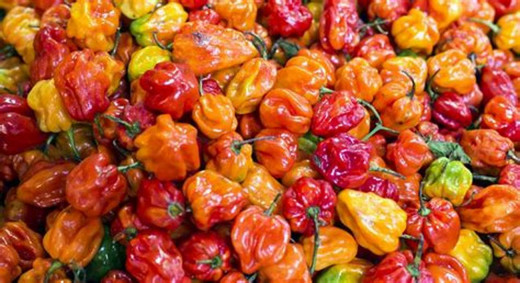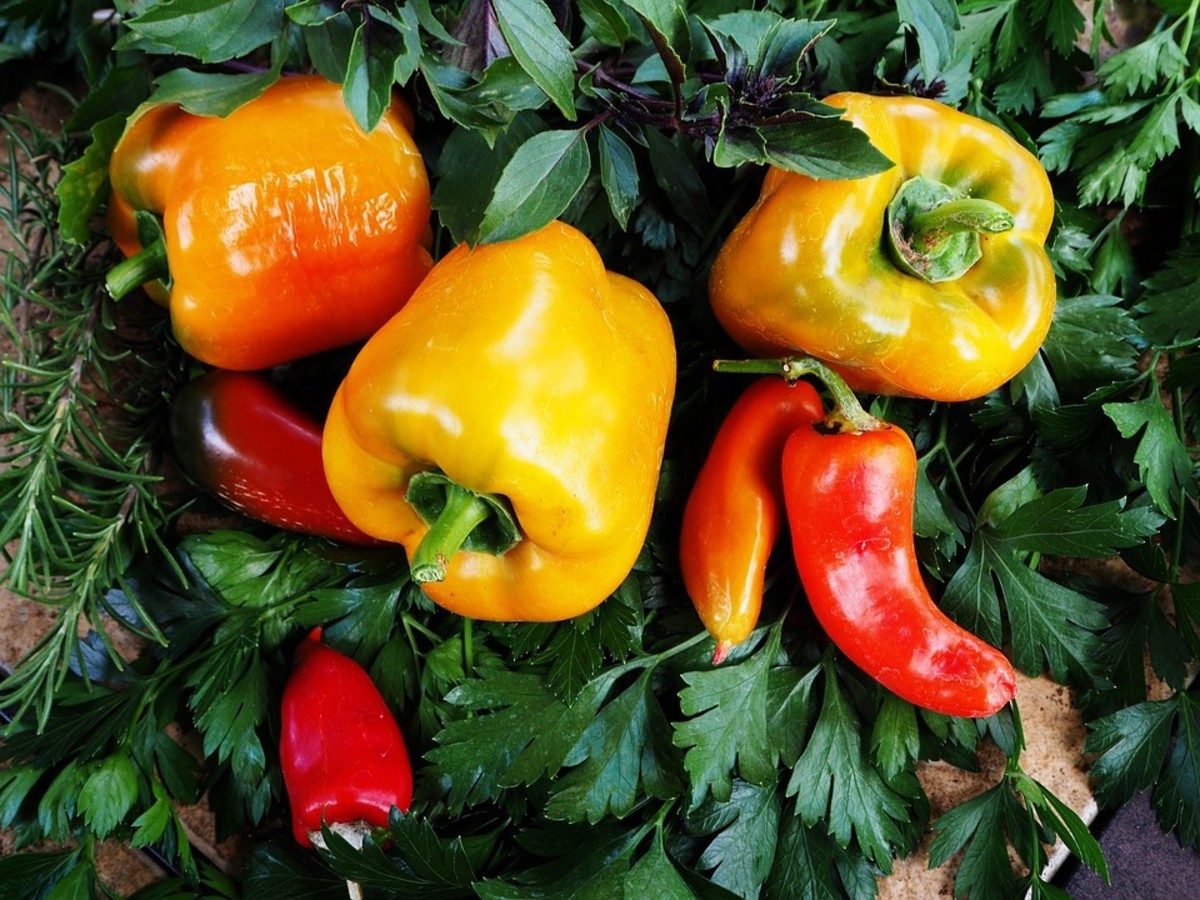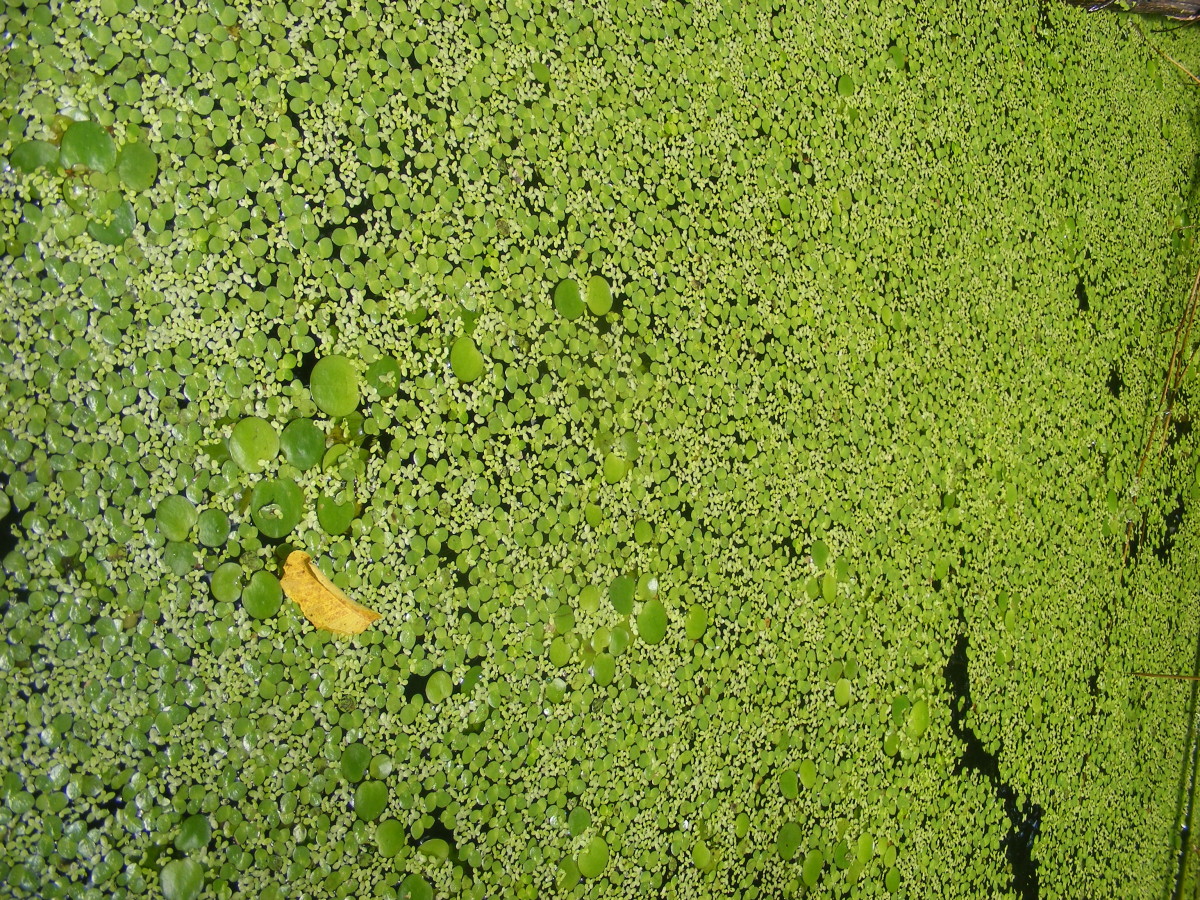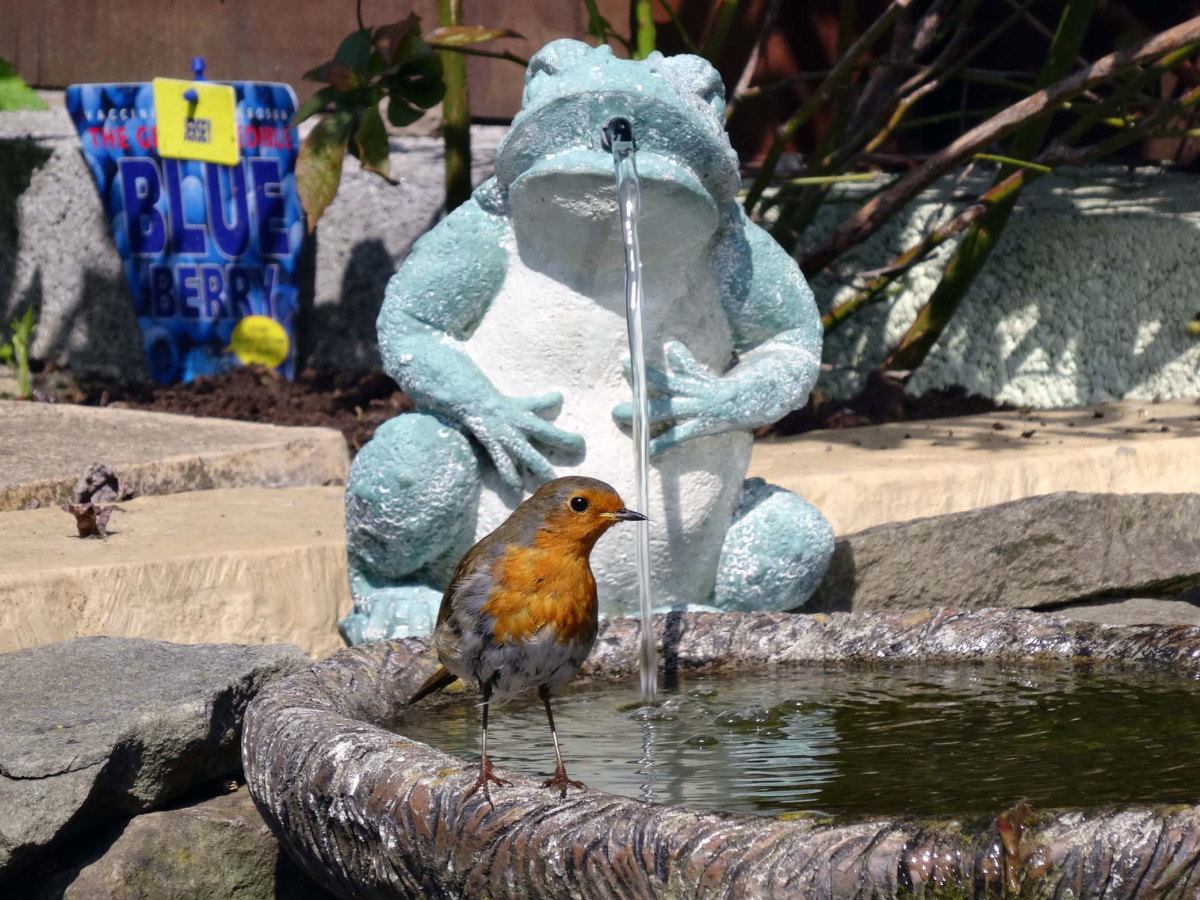- HubPages»
- Home and Garden»
- Gardening»
- Organic Gardening
The Hottest Tips for Growing Hot Peppers at Home

Hot Peppers As Close as Your Back Yard
Imagine going out to your garden and picking fresh hot peppers to use in your favorite spicy dishes. If you like hot peppers, they are easier to grow in your vegetable garden than sweet peppers because pests stay clear of them. In addition, these hot peppers can be used medicinally or used to protect other plants in your garden from insect pests.
Starting Hot Peppers from Seed
Although you can buy a wide variety of hot peppers from your local nursery, you have more choices when growing your own from seed. Some hot peppers are relatively mild while others are flaming hot. Peppers don't like to be transplanted very much, so it makes sense to plant them indoors in biodegradable pots such as peat pots. Plant them indoors about 2 months before the last frost date and sow three seeds into each pot. You'll need to keep the soil temperature at 75 degrees. If temperatures in the growing area fluctuate too much (more than 5 degrees), place peppers on a heating pad designed for that purpose. Keep the seedlings in moist, but not wet soil. Prior to germination, to improve results, use a covered tray containing peat pots with plastic to maintain moisture. Remove cover when peppers begin to germinate in 3-4 weeks. For best results, grow peppers under grow lights to prevent pepper plants from becoming leggy. Once the seedlings are 2-3 inches tall, thin the plants by cutting the unwanted plant at soil level in each pot leaving only the most robust individual plant in each pot.
Seedlings will be ready to plant outdoors when they are 4-6 inches tall. Harden plants off for about a week to 10 days before transplanting. To harden off plants, the first day, leave them out in a shady area of the yard for 3-4 hours in the evening and bring them in at night. Protect these plants from the wind to prevent drying out and causing breakage. Increase by 1-2 hours every day for 2-3 days, then move to a sunny location in the morning and then move them back to the shady area in the afternoon. After 7-10 days they will be ready to plant in the garden.
Plant them in the garden as you would sweet peppers. Plant the hot peppers around the edges of garden beds to help protect other vegetables from pests (including the four-legged kind one bite of a hot pepper sends them running). However, do not plant within 20 feet of sweet peppers. The peppers can easily cross-pollinate and your sweet peppers can become nearly as hot as your hot peppers.
At A Glance: Growing Hot Peppers
Plant in the garden after all danger of frost has passed.
Planting depth: plant seeds in pots 1/2 inch deep. Plant in the garden to the soil depth of the pot.
Germination Time: 14-28 days
Distance apart of plants in the garden: one and a half to two feet apart
Days until Harvest:
Wear Gloves when cutting hot peppers and handling their juices. The pepper juices will feel like fire on your hands or anywhere you touch your body with those hands.
Handling Hot Peppers
When picking, handling, or cutting hot peppers in the kitchen, be sure to wear gloves because the oils that produce the heat in the peppers will get on your skin and make your hands very uncomfortable. Also, keep hands away from your eyes when handling hot peppers as the pepper oils will cause a severe burning sensation in and around the eyes.
If you handle hot peppers without gloves, water will not wash off the oils from your hands. Soak your hands in milk to get rid of the burning on your hands from hot peppers. After several minutes, the protein in the milk will soothe your skin.
Medicinal Uses for Hot Peppers
In addition to adding heat to your culinary creations, hot peppers can also be used for medicinal purposes. The capsaicin in hot peppers will kill internal parasites when ingested which is one of the reasons that peppers are so prevalent in equatorial parts of the world where parasites flourish.
In addition, hot pepper seeds can be ground and incorporated into a salve, ointment, lotion, or oil to help ease the pain of arthritis or general muscle aches. The capsaicin in the peppers creates an intense heat that causes the body to send endorphins to the area where the pepper was applied. These endorphins are what rid your body of aches and pains.
Hot Pepper Spray as an Organic Pesticide
In addition to the flavor that hot peppers add to your favorite dishes, and for medicinal use, hot peppers can be made into a spray that protects other vegetables in your garden.
Use cayenne pepper fruit or seeds by grinding them and mixing them with water and a little liquid basic soap. Spray this infusion on plants infested by aphids. You can also dust ground-dried peppers onto tomato plants that have been attacked by caterpillars. Ground red peppers can also be placed around eggplants and rubbed onto the leaves to keep pests away from eggplants. This powder can also be sprayed on the corn silks to deter raccoons.
For protecting flowers in your flower garden like roses, azaleas, and mums, grind hot pepper fruit, an onion, and a clove of garlic, cover with water and let steep overnight. The next day, strain the concoction and add enough water to equal a gallon of this solution. Bury the solids used for making the solution around your flower plants. Spray plants as needed with the solution.
Saving Seeds from Hot Peppers
If you are growing heirloom peppers, you will no doubt want to save seeds. Be certain that you kept your hot pepper varieties growing separately so that your peppers will be true to variety. According to the USDA, because peppers are pollinated by insects as well as being self-pollinated, pepper varieties should be at least 30 feet apart.
To save seeds from peppers, allow the peppers to mature. Seeds from green peppers will not germinate. Once you have a good ripe pepper, remove the seeds from any other pepper debris and put them on a paper towel to finish drying for about a week. Be certain to label the type of pepper that you have saved seed from.
This content is accurate and true to the best of the author’s knowledge and is not meant to substitute for formal and individualized advice from a qualified professional.
© 2014 Cygnet Brown





